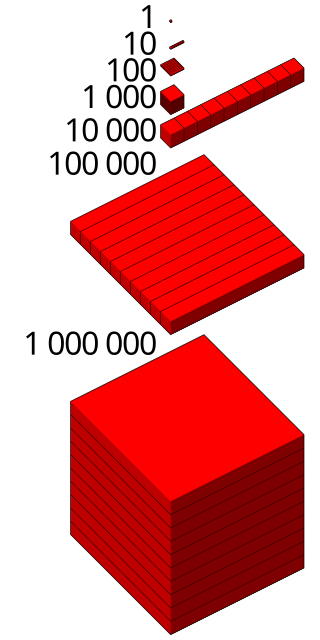You can help expand this article with text translated from the corresponding article in Spanish. (September 2024)Click [show] for important translation instructions.
|
| ||||
|---|---|---|---|---|
| Cardinal | two | |||
| Ordinal | 2nd (second) | |||
| Numeral system | binary | |||
| Factorization | prime | |||
| Gaussian integer factorization | ||||
| Prime | 1st | |||
| Divisors | 1, 2 | |||
| Greek numeral | Β´ | |||
| Roman numeral | II, ii | |||
| Greek prefix | di- | |||
| Latin prefix | duo-/bi- | |||
| Old English prefix | twi- | |||
| Binary | 102 | |||
| Ternary | 23 | |||
| Senary | 26 | |||
| Octal | 28 | |||
| Duodecimal | 212 | |||
| Hexadecimal | 216 | |||
| Greek numeral | β' | |||
| Arabic, Kurdish, Persian, Sindhi, Urdu | ٢ | |||
| Ge'ez | ፪ | |||
| Bengali | ২ | |||
| Chinese numeral | 二,弍,貳 | |||
| Devanāgarī | २ | |||
| Telugu | ౨ | |||
| Tamil | ௨ | |||
| Kannada | ೨ | |||
| Hebrew | ב | |||
| Armenian | Բ | |||
| Khmer | ២ | |||
| Maya numerals | •• | |||
| Thai | ๒ | |||
| Georgian | Ⴁ/ⴁ/ბ(Bani) | |||
| Malayalam | ൨ | |||
| Babylonian numeral | 𒐖 | |||
| Egyptian hieroglyph, Aegean numeral, Chinese counting rod | || | |||
| Morse code | .._ _ _ | |||
2 (two) is a number, numeral and digit. It is the natural number following 1 and preceding 3. It is the smallest and the only even prime number.
Contents
- As a word
- Etymology of two
- Mathematics
- Geometry
- Set theory
- Base 2
- List of basic calculations
- Evolution of the Arabic digit
- In science
- See also
- References
- External links
Because it forms the basis of a duality, it has religious and spiritual significance in many cultures.



